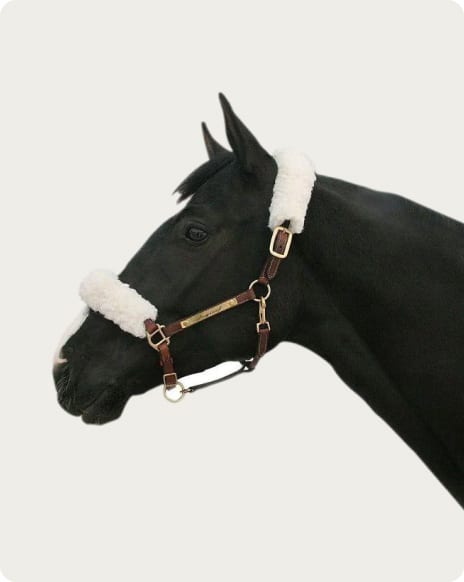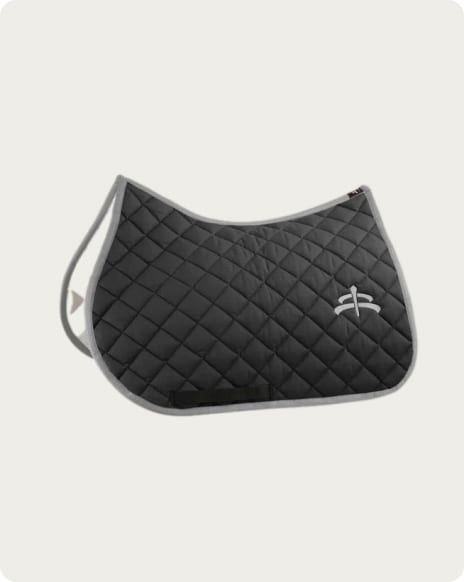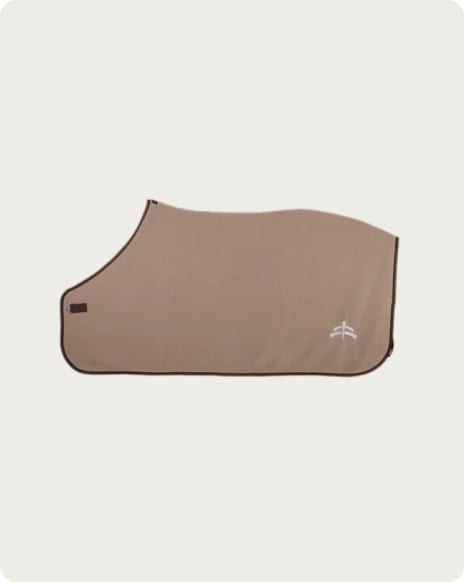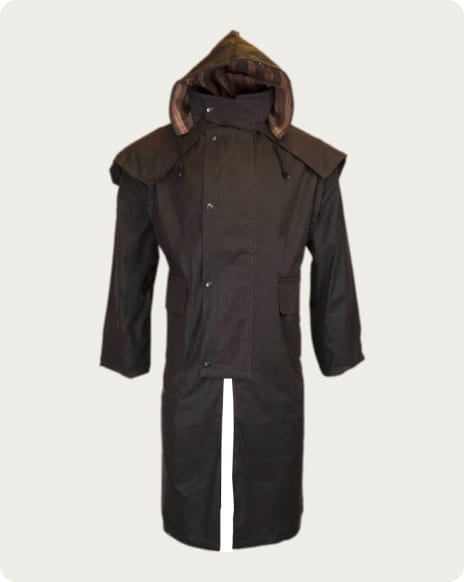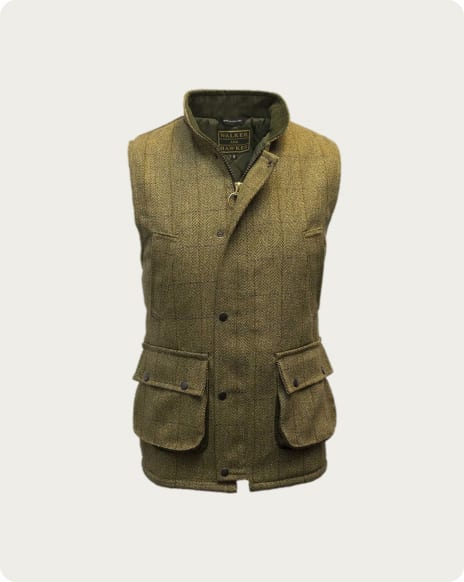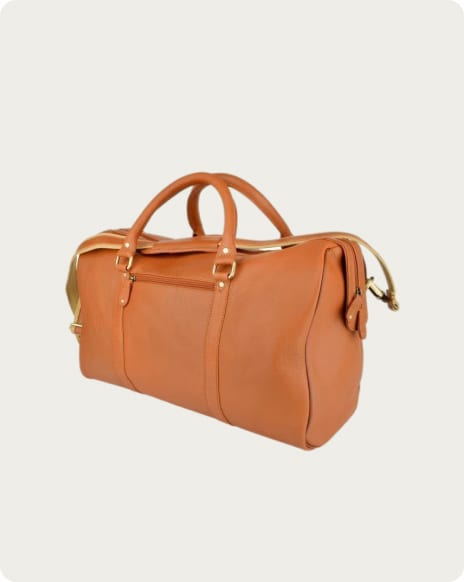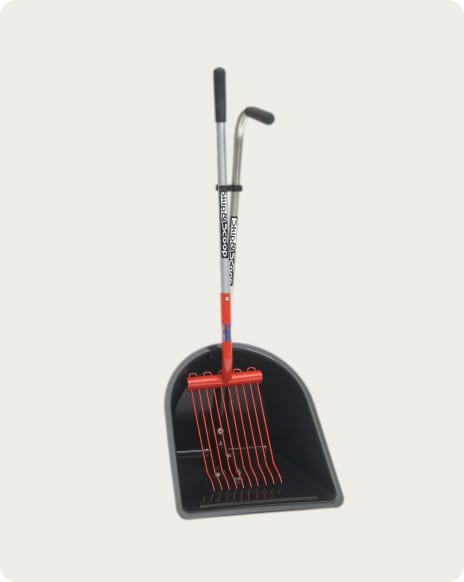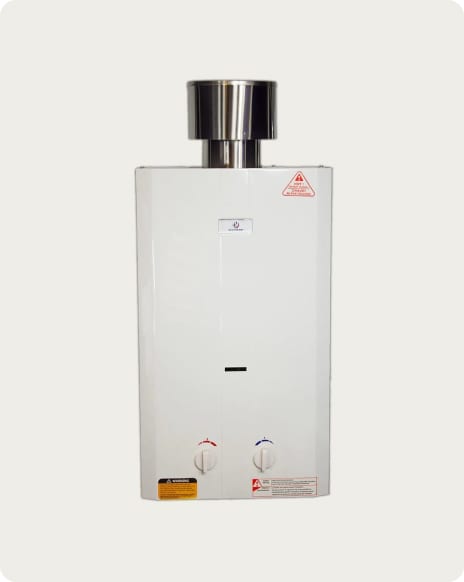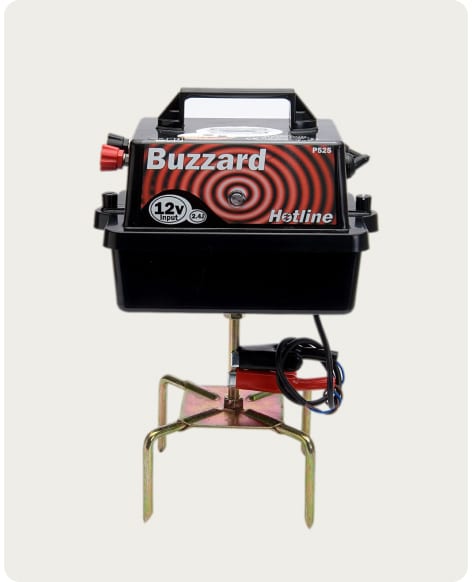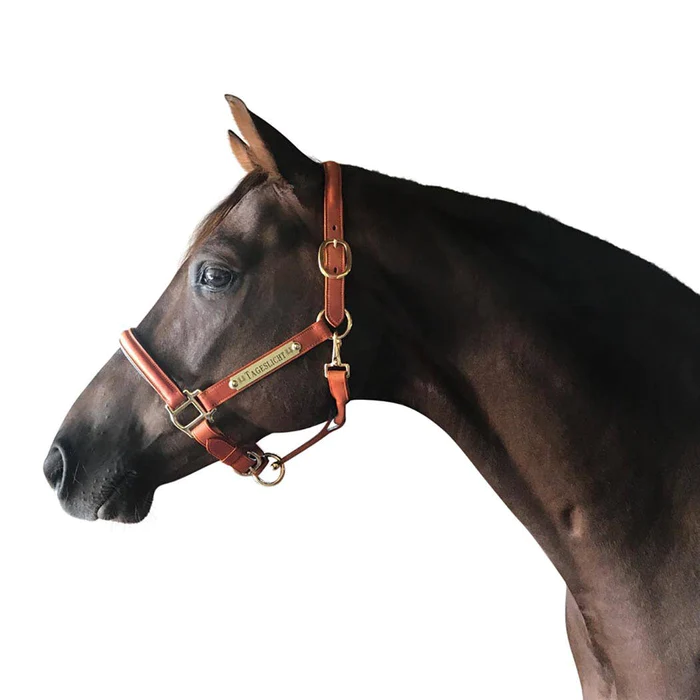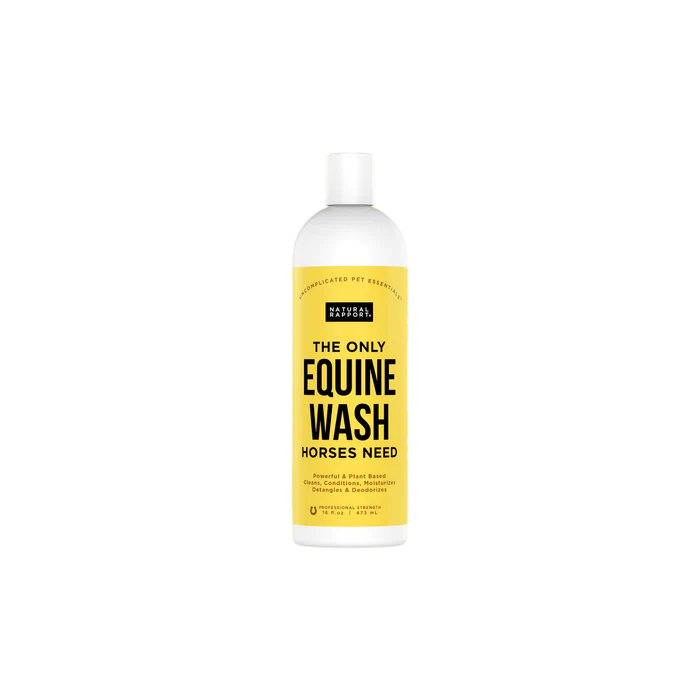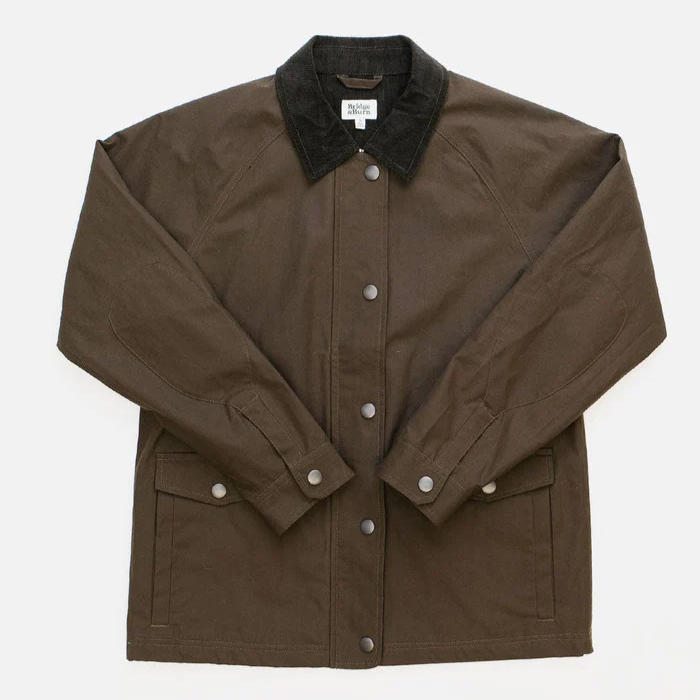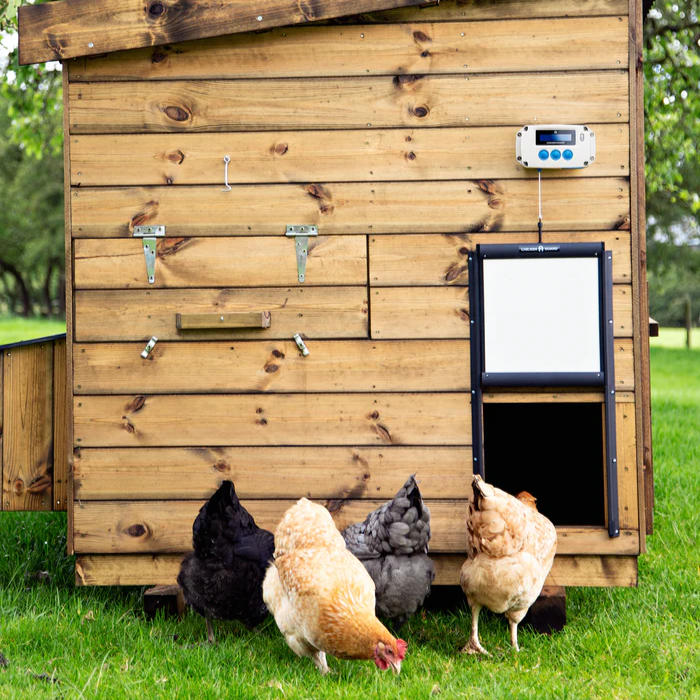Knowing what kind of electric fence posts to pick sometimes can be very, very hard, however with this ultimate guide, no such questions will rise again. When picking the right fence post many things have to be taken into consideration. The needs of animals which are going to be kept behind the fence, the areas outside the fence, how temporary or permanent this fencing solution has to be. Our go-to way to decide what kind of fence post should be used when for the most part depends on the animal.
Horses and Ponies

The first thing to consider when deciding on the fence posts for horses is the height of the posts needed. The most popular choices are of 5ft (150cm) or 4.6ft (140 cm) height, as the tape, rope or wire can be attached at the heights needed which ensures horse's safety. The top rope, tape or wire has to be at around 140 cm and for the maximum safety, there should be at least three lines of rope, tape or wire at 90 cm and then at 50 cm on the post.
When picking the material for fence line posts, the most popular is plastic blended with fibreglass - it is durable and easy and inexpensive to replace if horse somehow manages to break the fenced paddock or pasture. The corners, on the other hand, should be made from very durable and a rather thick material. The best posts for corners are made from thick wood or insulated metal or steel. The distance between posts depends on the weight of fencing material and the posts themselves.
The wider the electric tape is, the smaller the distance between posts should be. For example with 40 mm tape, the distance between posts should be around 3 metres, then for the tape of 20 mm the distance can be as large as 5 metres and with tapes of ten millimetres the distance between posts can be from 6 to 8 metres.
Dairy Cows and Cattle

The most popular height of electric fence posts for cows and cattle is something between 3.3ft (1 m) and 4ft (1.2 m). As these animals are quite strong, metal, steel or fibreglass strengthened plastic posts are the most popular choices among the stock owners.
Deers and Muntjacs

As these animals are quick, flexible and jumpy, the electric fence posts have to be very high with lots of levels at which tapes, wires or electric ropes are placed, so the foxes and other unwanted wild animals cannot sneak in. The fence post has to be at the very least of 5ft (150 cm) height and has to have at least six positions through which tapes, ropes or wires go through - the highest position should be at the top - at around 5ft (150 cm) and the lowest can go as low as 10 cm from the ground. The most popular type of electric fence post is fibreglass strengthened kind. Corners are usually wooden or made out of thick steel or metal.
Poultry

To keep your chickens, turkeys, ducks or geese safe, a variety of materials for fencing posts can be used. The number one determinant is the area where your chickens are going to be situated. If the area where chickens are going to be is relatively small and close to your eye, the simple plastic gardening fence posts will do the trick. If the area is larger and more dangerous in terms of wild animals, it is a good idea to pick electric posts which would support a netting system or could support more tapes going through them.
For poultry, you have to have a distance of 20 cm between every single tape. The most popular size for poultry electric fence poles is up to 100 cm. To keep foxes, dogs and cats away the top tape has to be at least at 80 cm in height, whereas the lowest can go as low as 10 cm. The corner posts have to be the strongest and are usually are made out of metal, steel or wood.
Sheep & Goats

The size and the material of the fence posts to guard your sheep and goats really depend on whether you choose to keep them together, and whether you would like to have electric netting or simply an electric fence tape as your fencing.
If you decide to keep your sheep and goats separately, your electric posts have to be at least 120 cm tall (3.9ft) for goats and 90 cm (3ft) for sheep. If you decide to keep your goats and sheep together, the height of posts has to be at the very least 120 cm (3.9ft). Corner and gate posts have to be made from a durable and strong material such as wood, steel or metal.
Pigs

Sometimes, it is quite a challenge to keep a pig fenced in. Even though they don’t need exceptionally tall fence posts, these have to relatively strong and accustomed to having at the very least three lines of tape, rope or wire at 50 cm, 35 cm and 20 cm heights. Pigs are very smart animals which can rood and dig their way out of any fenced area.
Wild Boars

Whether you want to keep out the boars or keep them captive - right electric fence posts have to be chosen. Boars are very intelligent and strong and are known for breaking down fencing or digging underneath it. Right electric fencing and sustainable posts will prevent that. First off, posts have to be at least 90 cm (3ft) high, and secured with electric tape at at-least three heights - at 80 cm, at 50 cm and at 30 cm.
Foxes, Dogs and Wolves
Foxes, dogs and wolves are known to be exceptionally smart and agile. To keep them out from your livestock, fence posts have to at the very least 1 m (3.3ft) high, but it highly depends on animals you are keeping behind the fence. At least four lines of tape, wire, or rope have to be set up every 20 cm. At 20, 40, 60 and then at 80 cm. The material used for posts highly depends on livestock kept behind the fencing and their special needs - it can be either plastic, fibreglass, steel, metal or PVC.
Rabbits

To keep rabbits in, there is no need to have posts made from a very strong material such as steel or metal. If a place for rabbits is set temporarily - plastic will do. However, knowing the fact that rabbits and hares are very quick and agile - height of posts and situation of wires has to be considered. The height of electric fence post has to be at the very least 50 cm (1.6ft) high, with at-least 4 secure positions to attach the tape on it - at the top of the post, two in the middle and one at the bottom.
Badgers
To keep badgers out, the electric post of your choosing has to be accustomed to correct wiring system. If you are not keeping any livestock behind your fence, posts of 50 cm would be sufficient enough. 4 positions of tape, wire, or rope have to go through the posts at levels of 40 cm, 30 cm, 20 cm and 10 cm.
Otters
To protect your fish ponds and to keep otters away, right electric fence posts have to be chosen. These don’t need to be too high - 50 cm (1.6ft) with correct set up of wire mesh and an electric tape is usually sufficient enough. These animals can both climb and dig, so wire mesh of 25 cm height connected to earth system is crucial. To make sure they don’t have any more temptations to cross the netting are left - wires have to be set up at heights of 35 and 25 cm.
Heron
Herons are known as professional fish stealers. To protect your pond from these uninvited guests, measures of electric fencing posts have to be considered. Angled electric fence posts are the most popular when protecting ponds from herons, as they have no ability to comfortably lean in and steal from the pond.
Cats
Cats are great hunters by nature, so stealing a fish from the pond or hunting down a little chick or two is not a problem for them. To keep a cat out, fence post has to be at least 90 cm (3ft) high. Cats are agile and cunning - so when installing electric fencing that has to be considered, and correct measures have to be taken. On the post itself, the wiring has to be placed at every 20 cm - from top to bottom.



